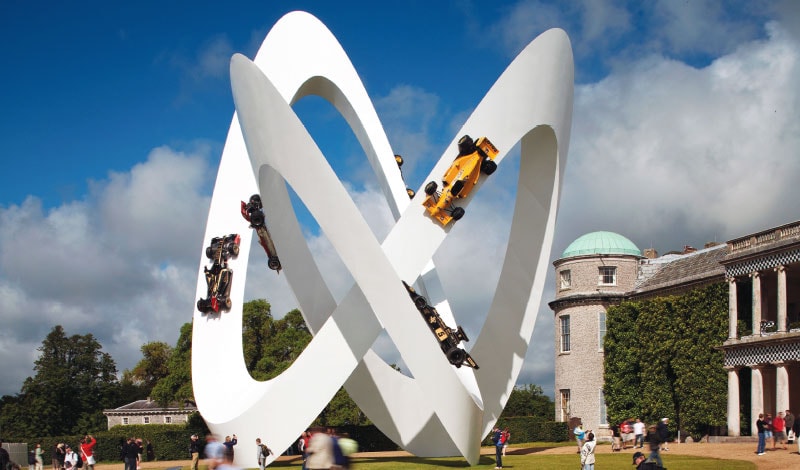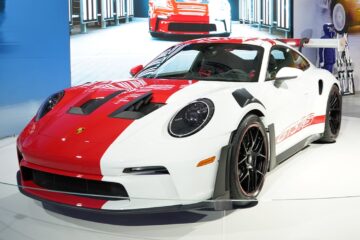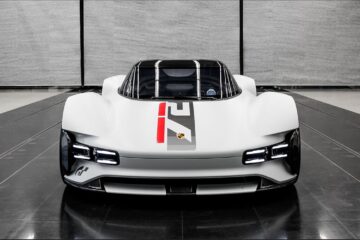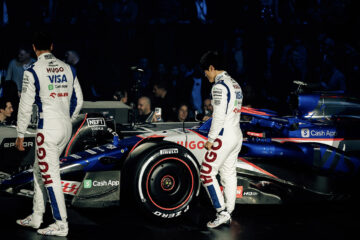Pushing the Boundaries – The Art of Gerry Judah
From an escapist little boy holed up in his bedroom, drawing, Gerry Judah has evolved into an artist and designer who knows his best work is inspired by where he came from.
We dare you to classify Gerry Judah’s art as any one thing — it’s impossible. His work encompasses film and theatre set designs, massive-scale installations, sculptures and paintings, and he is commissioned by musicians like Paul McCartney, car giants and museums alike.
Judah’s parents were Indian citizens whose families came from Baghdad and settled in Baghdadi Jewish communities in India and Myanmar. Born in Kolkata (formerly Calcutta) in 1951, Judah grew up there until his family moved to London when he was 10 years old — but he never forgot the dramatic landscape of India and the architecture of its temples and synagogues. The drabness of postwar London came as a shock to the young boy. To escape it, Judah spent much of his time in his bedroom with pencil and paper, creating imaginary landscapes, architectural fantasies and futuristic cars. Eventually, he obtained a degree in fine art at Goldsmiths College, University of London, and went on to study sculpture as a postgraduate at the renowned Slade School of Fine Art, University College London.
He set up a studio in London’s West End, the theatre district, and while doing casual work in the theatres as a prop maker and scenic artist, he began building a reputation for innovative design, working as a set designer, installation artist, sculptor and painter. True story: he once created an entire Italian city out of cookies for a commercial.
In 2000 Judah was commissioned by the Imperial War Museum in London to create a large model of the selection ramp in Auschwitz-Birkenau for the Holocaust Exhibition. Judah has said that working in miniature can be epic and express something enormous; it has great power. His visits to Auschwitz and research for this work encouraged Judah to take his art in a new direction: reinterpreting media images of war-torn cities such as Beirut and Baghdad into large 3D paintings, representations of tremendous loss exploring not only the devastation of war, but also the effect of man upon the environment.
In 2014, St. Paul’s Cathedral in London commissioned an artwork for the 100th anniversary of the First World War. Judah created two white crosses evocative of war graves in Europe and embellished them with models of destroyed buildings in the Middle East, showing the connection between the First World War and the conflicts that exist today.
Since the late ’90s, Judah has created a new sculpture each year for the Goodwood Festival of Speed, held annually in West Sussex for auto manufacturers such as Ferrari, Porsche and Audi. Last year’s creation featured five Formula One cars on a looping structure to celebrate Bernie Ecclestone’s decades-long career in Grand Prix racing. The towering sculpture was a jaw-dropping 114 feet tall and weighed more than 65 tonnes. One fan described the installation as a “life-size Hot Wheels loop-the-loop we had as kids back in the ’70s.” In 2015, Judah designed an amazing sculpture for the Porsche Museum in Stuttgart, Germany, celebrating the 911 with three cars on pillars: a brand-new 911 Carrera and 911 SC Coupe and 911 2.2 Coupe classics restored to showroom condition.
Q&A with Gerry Judah
One thing people may not know about Judah is that he has a great sense of humour. Some of his responses made us laugh out loud, while others were sobering.
Q. What is the best part of your work?
A. To do what I like.
Q. What is your creative process?
A. Not having one.
Q. What do you hope to do through your art?
A. To lift people’s spirits.
Q. Define art.
A. Short for Arthur.
Q. What is the one thing you love about life?
A. My family.
Q. What was your favourite life experience?
A. India.
Q. Which would you choose, money or fame?
A. Neither.
Q. Do you have any fears?
A. No.
Q. What was the best gift you ever gave?
A. The best gift you ever received? Music and music.
Q. If you could change anything about society, what would it be?
A. Religion.
Q. Do you believe in love?
A. Always.
Q. Define la dolce vita.
A. [My wife,] Helen.






















































































No Comment